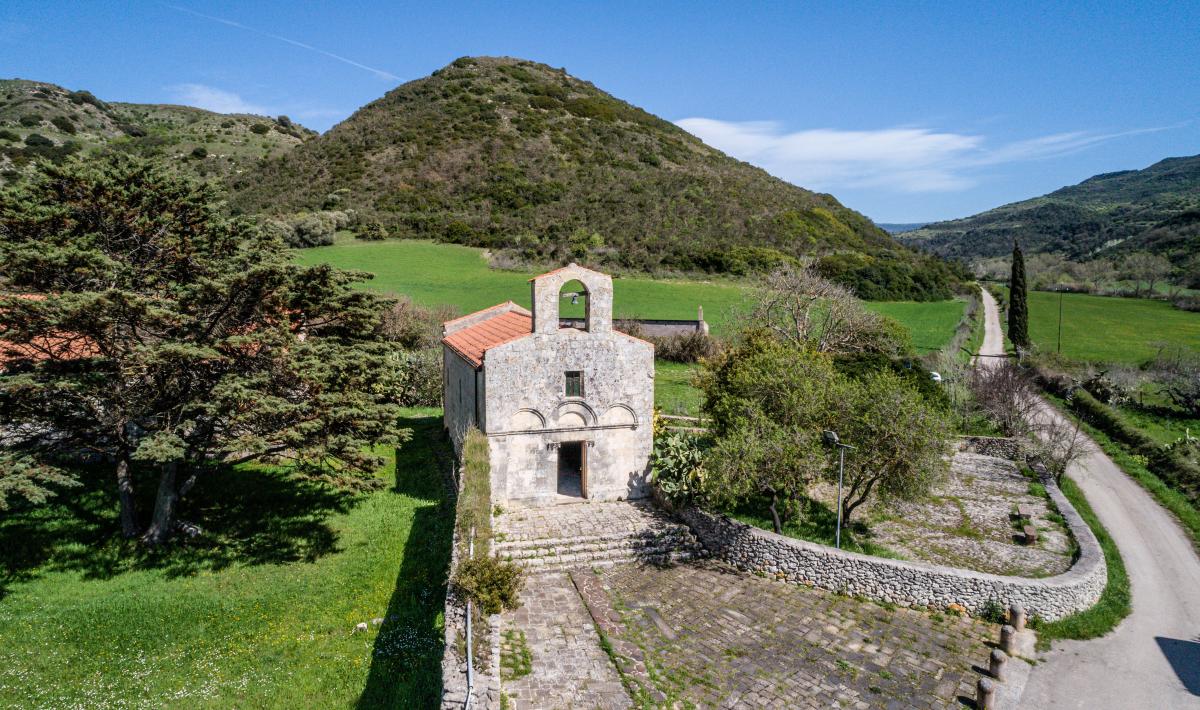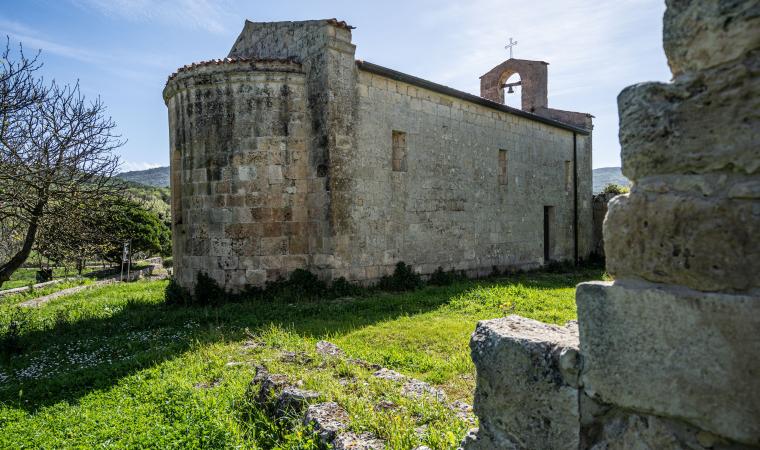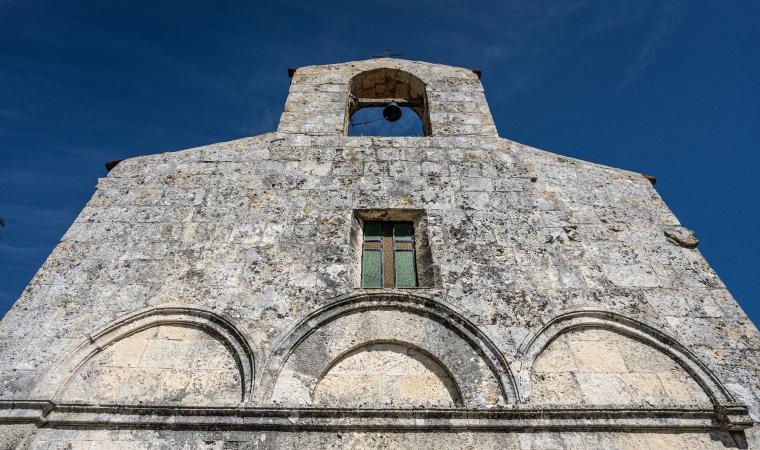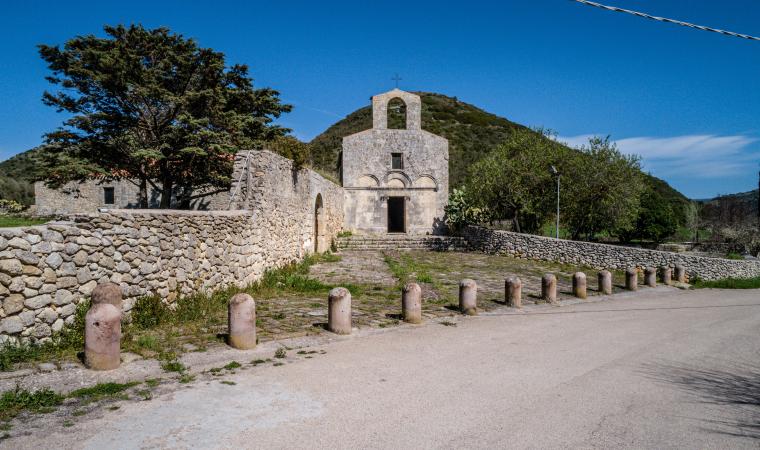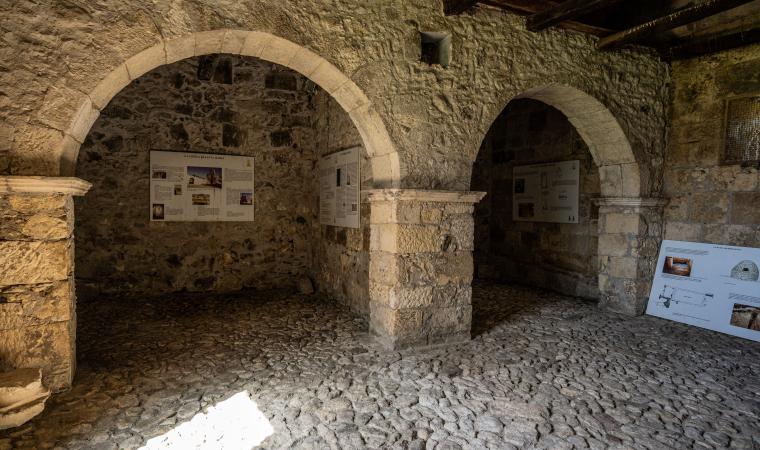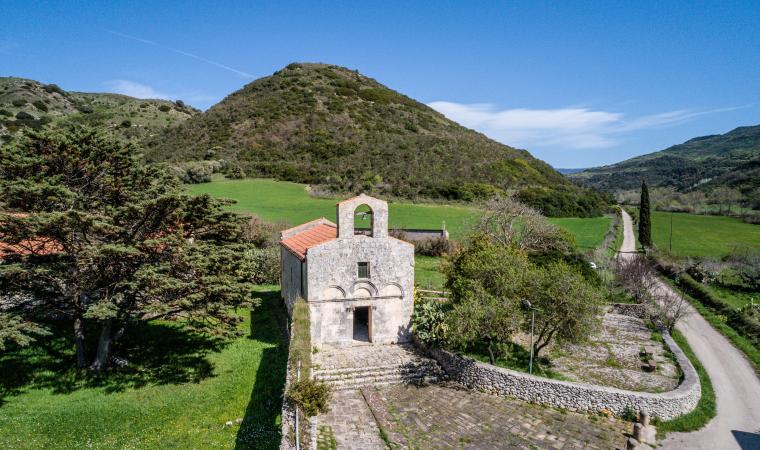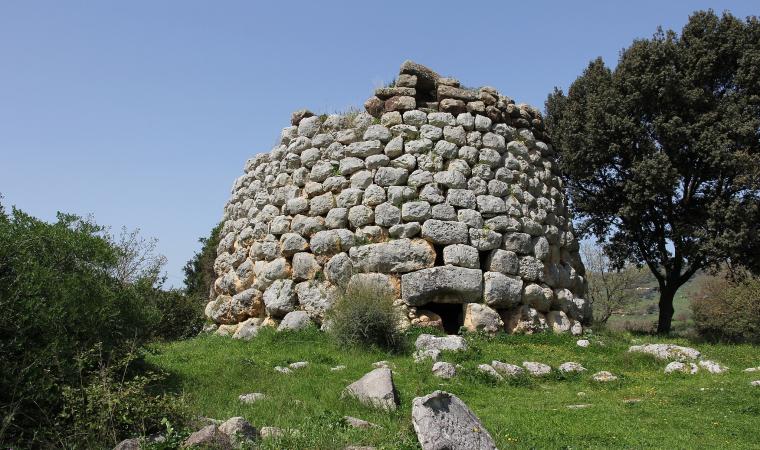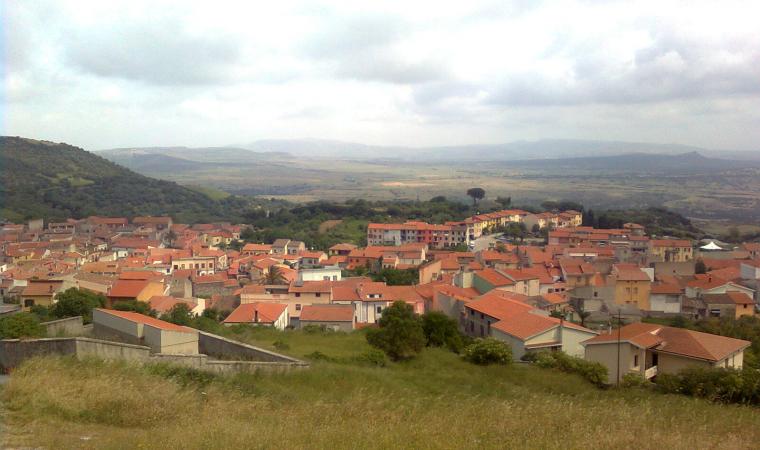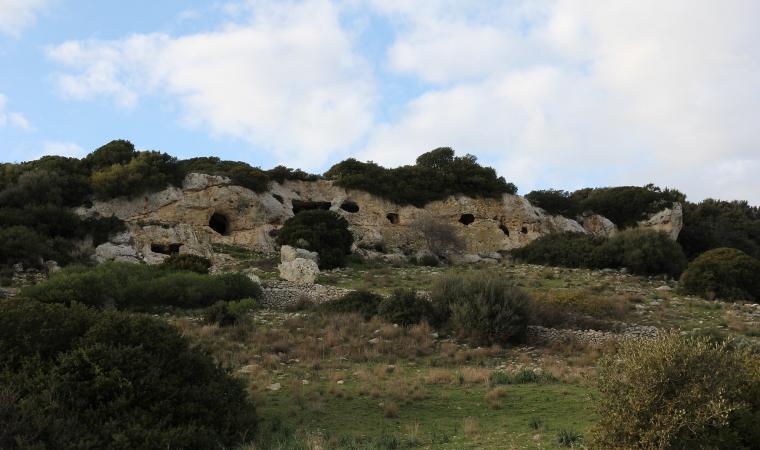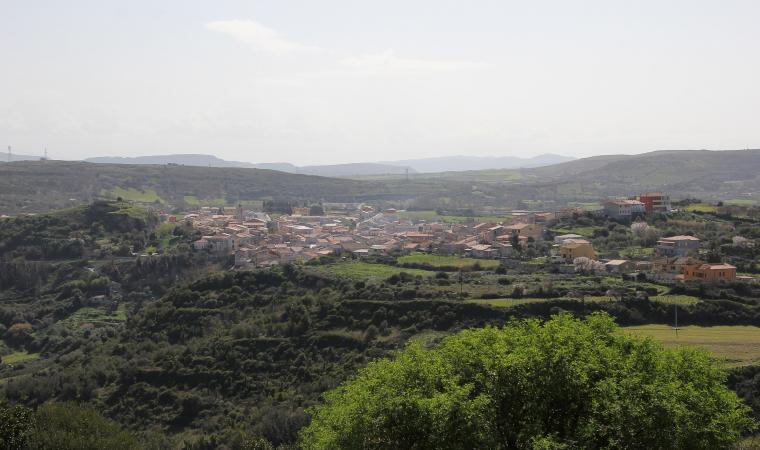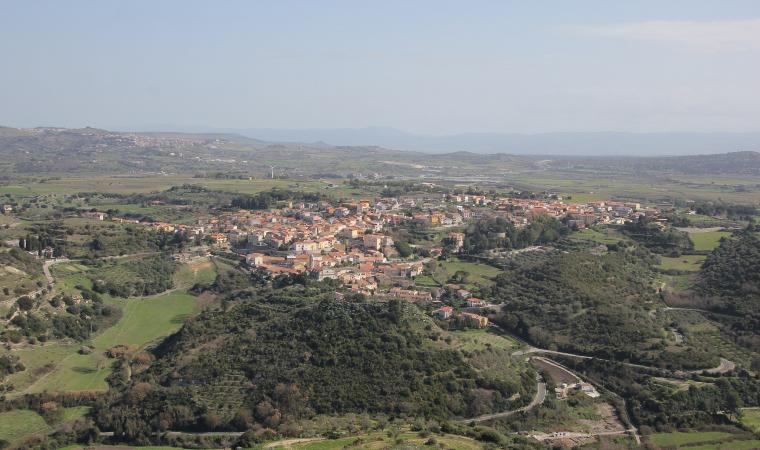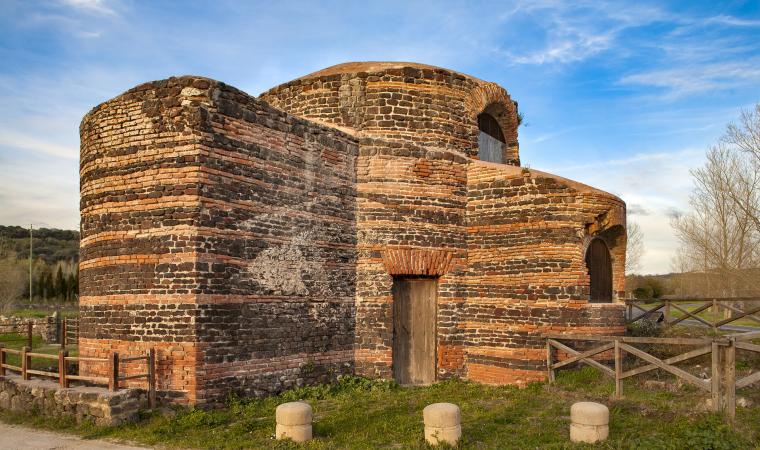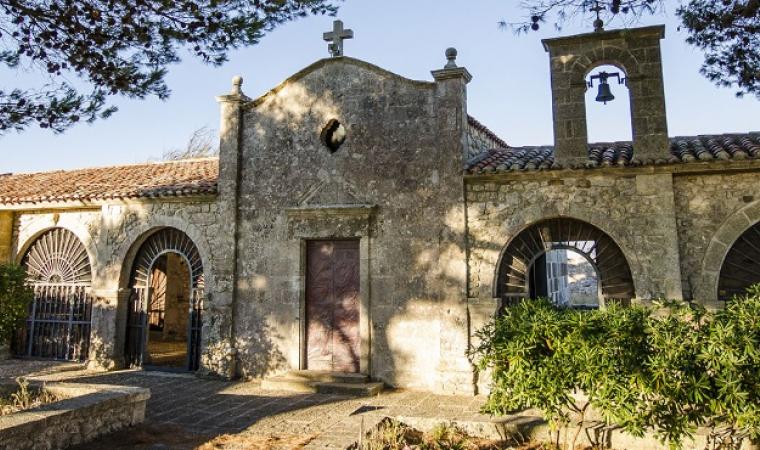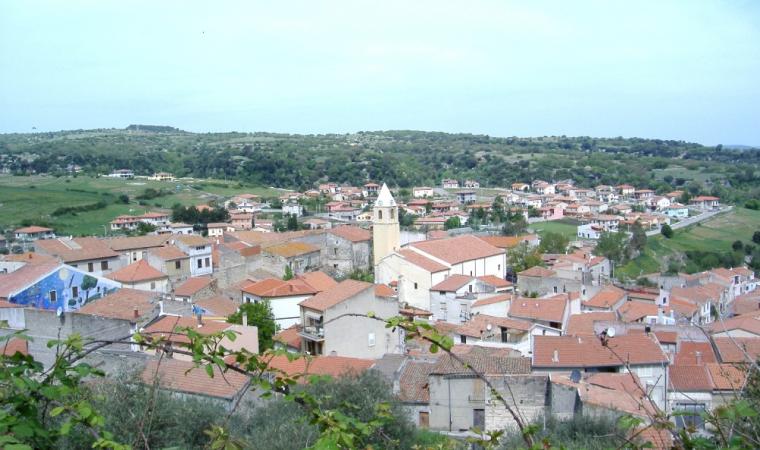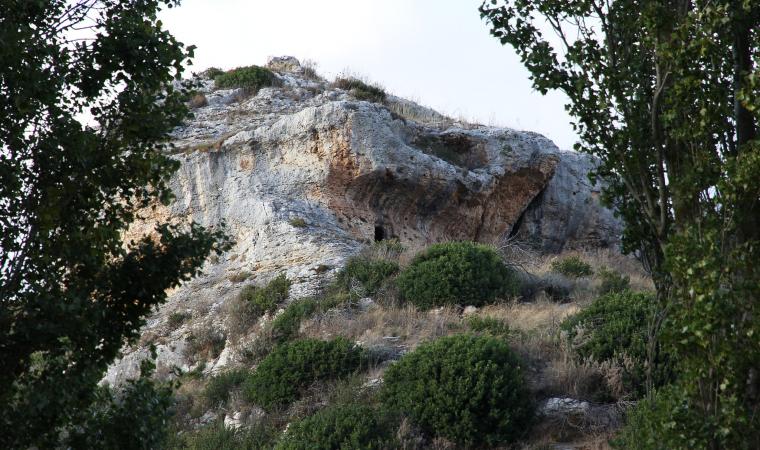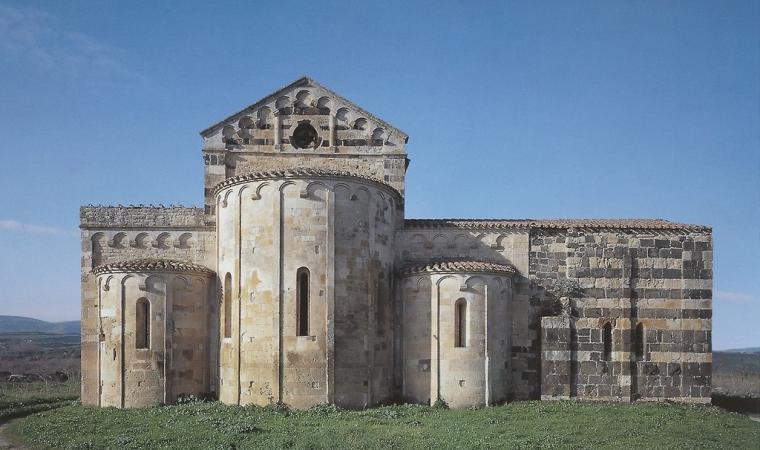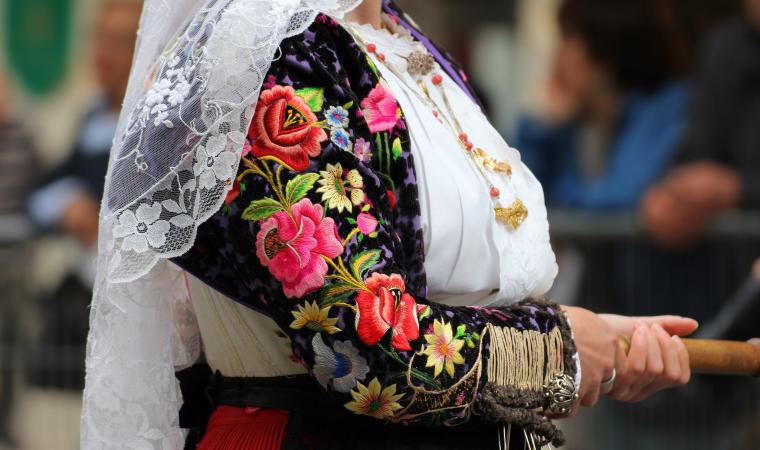The church, the enclosed courtyard and accommodation for the hermits - known as the ‘hermitage’- belonged to a monastic order, as confirmed by medieval sources, but it is not known with certainty which one. Furthermore, even the date engraved on an ashlar on the façade is the subject of debate. These two elements are enough to describe the aura of charm and mystery surrounding the church of Santa Maria di Cea, located in a valley six kilometres from Banari. The area was an important centre of wine production in Roman times, after which it was abandoned for ten centuries. In fact, sources mention the village of Seve and the priory of Santa Maria as existing in the 12th century. It was commonly thought that the convent belonged to the Vallombrosians; in reality, however, no medieval document mentions it among the estates of the Benedictine order. The association began to appear in the 16th century, when the monastery was joined to that of San Michele di Salvennor, coming back to life after centuries of abandonment.
One theory, supported by inscriptions and a tau symbol engraved on the façade, as well as documents from the 14th century, suggests that it belonged to a military-knightly order, that of the Knights Hospitaller of Altopascio. On the façade, there are three epigraphs that are difficult to interpret: one, in particular, shows a date, but the last two characters are quite unclear, making it difficult to read: it could be 1250, 1260 or 1261. The building style is Romanesque, constructed with limestone ashlars; the apse faces east and the façade is divided by a cornice. In line with the main portal, you will notice a window and the bell gable. On the north side, there is a second entrance, called the ‘holy door’, through which only the monks entered. It has is a single-nave layout with a trussed roof dating back to work carried out in 1973, perhaps respecting a previous model, although the idea that the church hall was originally barrel-vaulted cannot be ruled out.
The courtyard contains the remains of structures from the old monastery: traces of room perimeters, an oven to the north and, in the centre, the well, around which you will see sections of the original cobblestone flooring.
The feast of Santa Maria takes place around 8 September and lasts two days, with processions and celebrations in the churchyard. Another opportunity to visit Banari and taste its typical products is the renowned festival of the golden onion, in July.

